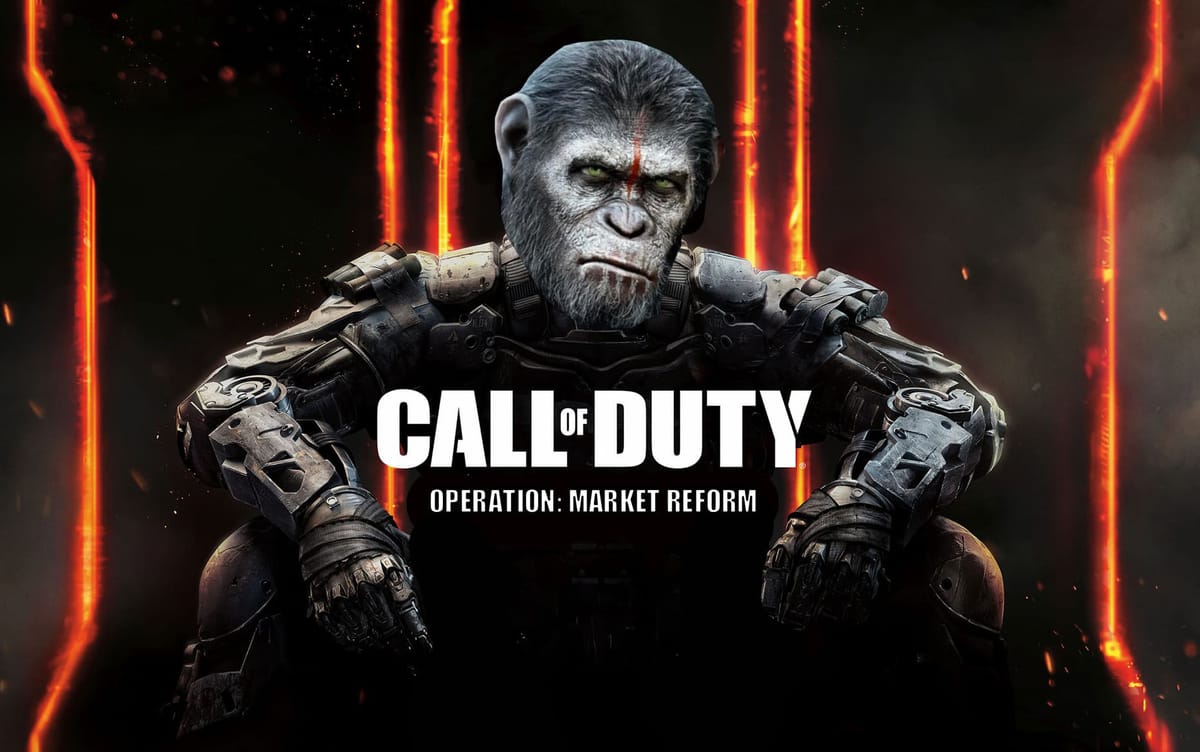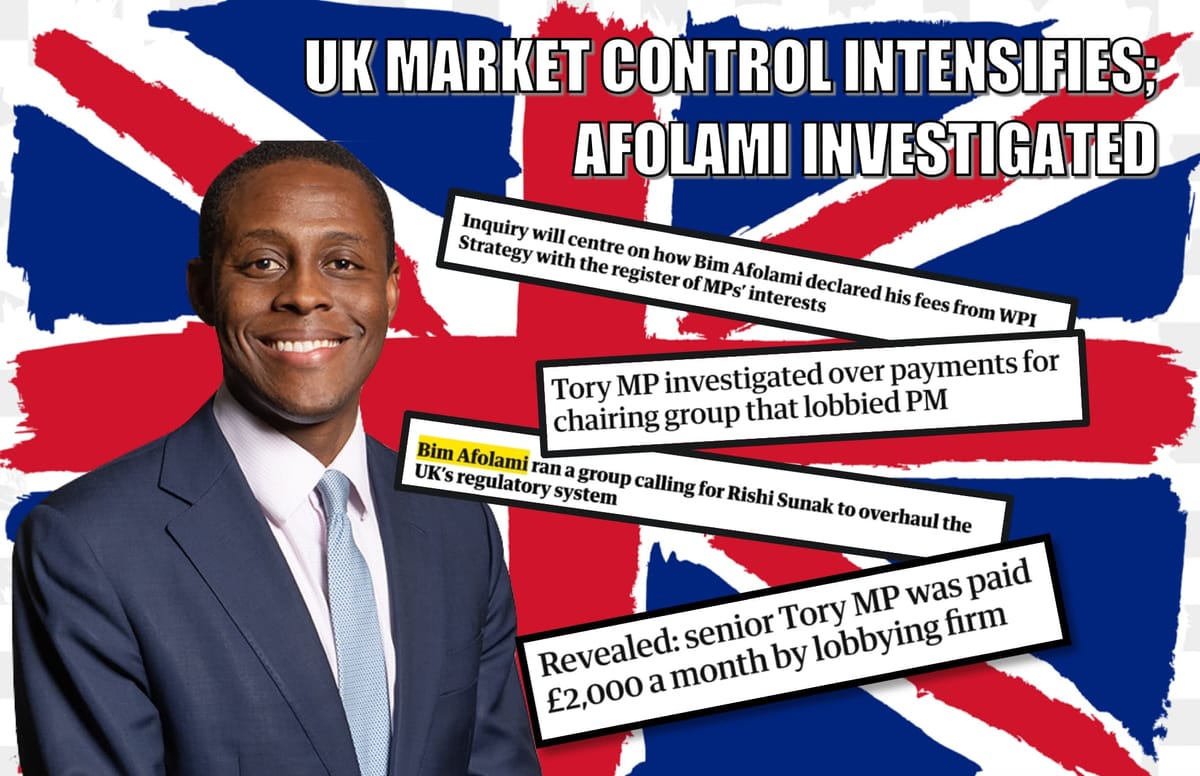FINRA 'discipline' Alert! From December 2014 through January 2021, BGC Financial, L.P. could NOT effectively detect spoofing and layering on ~7,765,000 transactions. Penalty? Censure, $200,000 fine, with no admission of wrong doing.

Hello and happy Thursday, I hope everyone is enjoying a great week on this Friday eve!
I would like to share some more FINRA 'discipline' with y'all, this time it's BGC Financial, L.P.!
As these releases convey a ton of information, I hope this format makes sense:
- I am going to outline what BGC Financial, L.P. (BGC) did from points from the filing.
- I am going to pull the rules they broke and attempt to provide 'wut mean' definitions while breaking each section against BGC down a bit further.
- I will talk about the penalty levied.
- I will discuss how the nefarious behavior could impact GameStop.

What BGC Financial, L.P. did (without admitting or denying):

Wut Mean?:
From December 2014 through June 2023, BGC failed in its supervisory duties regarding potential spoofing and layering in equity securities. As a result, BGC violated FINRA Rules 3110 and 2010.
FACTS AND VIOLATIVE CONDUCT:

Wut Mean?:
- FINRA Rule 3110: Requires that member firms establish and maintain a system to supervise the activities of their associated persons to ensure compliance with securities laws and FINRA rules.
- FINRA Rule 2010: Requires that member firms and their associated persons observe high standards of commercial honor and just and equitable principles of trade.
Spoofing:
- Definition: Spoofing is a manipulative trading practice in which a trader enters fake orders into the market with the intent to deceive other traders about the supply or demand for a security. The trader has no intention of letting these orders execute.
- Purpose: By placing these deceptive orders, the trader aims to move the price of the security in a particular direction. Once the price has moved to the desired level, the trader cancels the fake orders and executes genuine orders that take advantage of the artificially created price movement.
Layering:
- Definition: Layering is a form of spoofing but involves placing multiple fake orders at different price levels.
- Purpose: The goal is to create an illusion of heightened interest in the security. By placing multiple fake buy or sell orders, the manipulative trader can make it seem as if there's significant buying or selling interest in a security, deceiving other market participants. Like spoofing, once the price moves to the desired level, the trader cancels the deceptive orders and places genuine orders to profit from the manipulated price.
BGC's Supervisory System (Dec 2014 - Jun 2023):
- Not effectively designed to detect spoofing and layering.
- Dec 2014 - Jan 2021: No system to monitor potential spoofing or layering.
- Equity trading desks conducted ~5,000 transactions daily.
- Approximately 7,765,000 transactions in the covered time period.
BGC's Actions in Feb 2021:
- Introduced automated surveillance for spoofing and layering.
- A supervisor reviewed daily exceptions, escalating potential rule violations.
- All reviews documented.
Surveillance Flaws:
- Criteria focused on large orders or significant numbers of orders.
- Less effective in identifying smaller or single deceptive orders.
- BGC's trading included such smaller orders...
Penalty?:

How could this impact GameStop?:
Price Impact:
- Volatility: Spoofing and layering can introduce significant volatility into a stock's price. For GameStop, a stock that has already been at the center of unusual trading activity for the last 84 years, this could amplify swings, making it even harder for the average investor to determine a fair value or make informed decisions.
- Artificial Price Levels: If GameStop was targeted BGC, the manipulative activities could have established artificial price levels. This means the stock might not have accurately reflected GameStop's fundamental value or genuine market sentiment because of their malfeasance. For instance, if layering was used to create a false sense of buying pressure, the stock's price could have been artificially inflated. Conversely, spoofing could mislead sellers and depress the stock's price.
- Trading Strategies Affected: Anyone who use technical analysis, would have been misled by the artificial volume and price movements caused by spoofing and layering.
Trust in the System:
- Retail Investor Sentiment: Discovering that BGC was manipulating securities during the same time period as the sneeze reinforces further distrust of traditional financial institutions and the overall stock market system.
- Distrust Breeds DRS: Some retail investors, upon losing trust, might choose to exit via DRS. This could reduce liquidity and trading volumes, which in turn can increase volatility.
- Feedback Loop: If a significant number of folks begin to believe that the market isn't functioning properly, it might lead to erratic trading behaviors based on sentiment rather than fundamentals, which can exacerbate price volatility.
Link to Naked Shorting:
- Potential 'Synergy of Manipulations': If a BGC was simultaneously engaging in both spoofing or layering and naked shorting, they might use these tactics in tandem to maximize their manipulative impact. For instance, creating a false sense of selling pressure through layering might complement the downward price pressure exerted by naked shorting.

TLDRS:
- From December 2014 through June 2023, BGC failed in its supervisory duties regarding potential spoofing and layering in equity securities. As a result, BGC violated FINRA Rules 3110 and 2010.
BGC's Supervisory System (Dec 2014 - Jun 2023):
- Not effectively designed to detect spoofing and layering.
- Dec 2014 - Jan 2021: No system to monitor potential spoofing or layering.
- Equity trading desks conducted ~5,000 transactions daily.
- Approximately 7,765,000 transactions in the covered time period.
- All of which could have had a negative impact on GameStop's stock.
- Penalty? Censure, $200,000 fine, and no admission of wrong doing.



